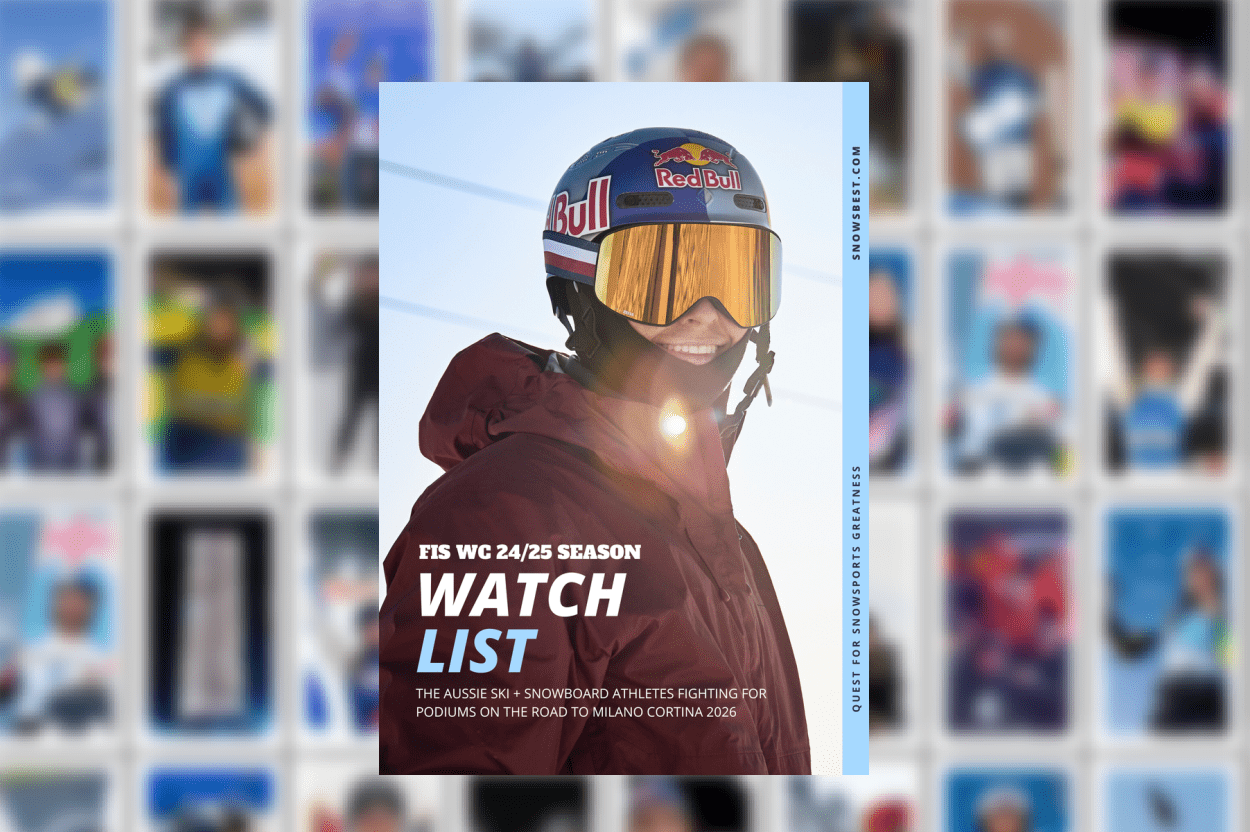For the last week Lone Mountain has been taunting me, spoiling for a showdown. And now, against my better judgement, here I am, straddling Big Sky Resort in Montana’s unignorable, sentinel-like peak, about to learn if there really is an “easy” way down.
Swannie seems to have confidence in me. Big Sky’s social media manager (and gun ski instructor in a previous life) has taken time out of her day to escort me down the huge expanse of Liberty Bowl, the most benign in a myriad of black runs that spill from the 11,166ft (3403m) summit. Or maybe she’s just hoping to capture some chaotic content?
Many of the “tram rats” disgorging from the shiny new 75-person Lone Peak Tram are donning backpacks with avalanche gear and venturing into the fearsome Big Couloir, a heart-stopping triple-black diamond dogleg chute that’ll earn you ultimate Big Sky bragging rights down at Scissorbills Saloon in the village.

I leave them to it and follow Swannie in the other direction, along a switchback traverse into a churning sea of moguls, where I’m tossed about like a tiny ship fighting the waves, capsizing only once.
Reaching the bottom is exhilarating, but we’re not home yet. It’s still five miles back to the base village, surfing the mountain’s muscular flanks on a rollercoaster cat-track, with breathtaking views the entire way. Swannie’s sobering assessment when we pull up at Mountain Village helps bring me back to earth.
“I think we need to work on your technique,” she says, “let’s move to the magic carpet.”
It might seem absurd to go from skiing one of North America’s most revered alpine peaks straight to the magic carpet, but it perfectly encapsulates what’s so special about Big Sky. It’s a place that defies its reputation for experts only, because out here in the Montana wilderness there are no experts, even among the cockiest tram rats.
And there’s no ego. We’re all just skiing our best lives, and taking whatever comes.
I’m here with my wife and our teenage son, who over the course of a week undergoes a radical transformation. He starts off as a hesitant beginner, but within a few days is leading us on adventures through the double-blue glades off the Swift Current 6 chairlift, one of four (soon to be five) high-speed lifts with heated seats and weather-proof bubbles.
The resort’s technologically advanced lift network is one of its many attributes. Its sheer size and diversity of terrain is another. It spans 5850 acres, with 38 lifts spread over four mountains, and receives an average of 400 inches of annual snowfall. Best of all, word somehow hasn’t gotten out yet, because the slopes are never crowded. In fact, we often have entire runs to ourselves. I should really keep quiet about the place…
Each day brings a new adventure. We bookend our third day with first tracks – the shards of sunrise glinting off pristine corduroy – and night skiing, using high-powered head torches attached to our helmets. It’s an intimate and almost meditative experience, your entire world condensing on a single portal of light, and every spidey ski sense tingling.
The last decade has seen a flurry of investment and expansion at Big Sky, from Moonlight Basin on the north side to sunny Spanish Peaks on the south side. It’s here where our son finds his ski legs, riding the Lewis & Clark lift to the top of Spirit Mountain and cruising down green groomers like K1 Return, before graduating to the Southern Comfort chairlift, which runs to the top of Andesite Mountain, a far less intimidating alternative to Lone Mountain.
My wife and I love getting over to the southern Madison Base side, traversing the base of Stillwater Bowl and making lazy laps of loping blues, like Meriweather and the nearly fine-kilometre long Horseshoe, where there’s complete stillness as the resort merges seamlessly into the wilderness.
A huge investment in the resort’s Mountain Sports School has been a big part of the Big Sky shake up. Our guide Yusuke tells us how much work goes into not just recruiting but retaining talented and motivated instructors. Where other resorts rely on gap year students, Big Sky attracts passionate professionals who live here year-round, and love showing their mountain off to every type of skier.
“It used to be about hardcore peak skiing, says Yusuke, “but that’s totally changed. It’s far more diverse and inclusive now.”
There are adaptive programs for people with disabilities, and mountain guiding for groups of teens. The resort also utilises terrain based learning lessons, with banked turns carved into the snow, so newbies can control their speed and get their confidence up. There’s even a treasure hunting trail map for kids, showing adventures zones around the resort, to encourage exploration and progression.
It’s that yearning for progression that lures me to Lone Mountain on our last day – something I thought was out of my reach when I first saw it. But Big Sky is kind of place that makes anything achievable for anyone, given enough practice. Maybe even the Big Couloir…








































